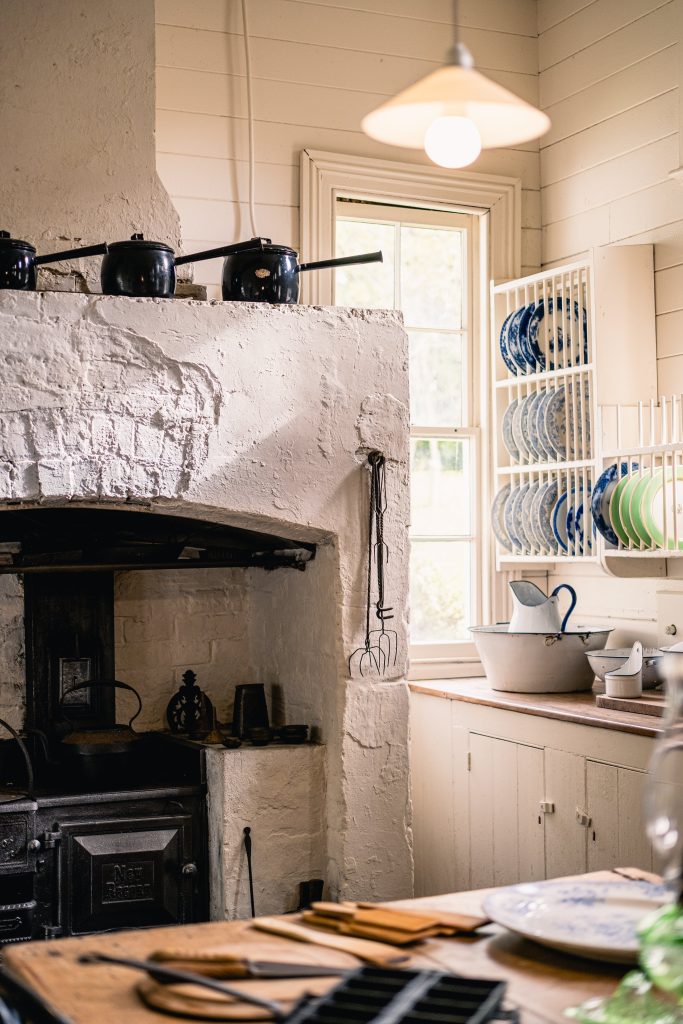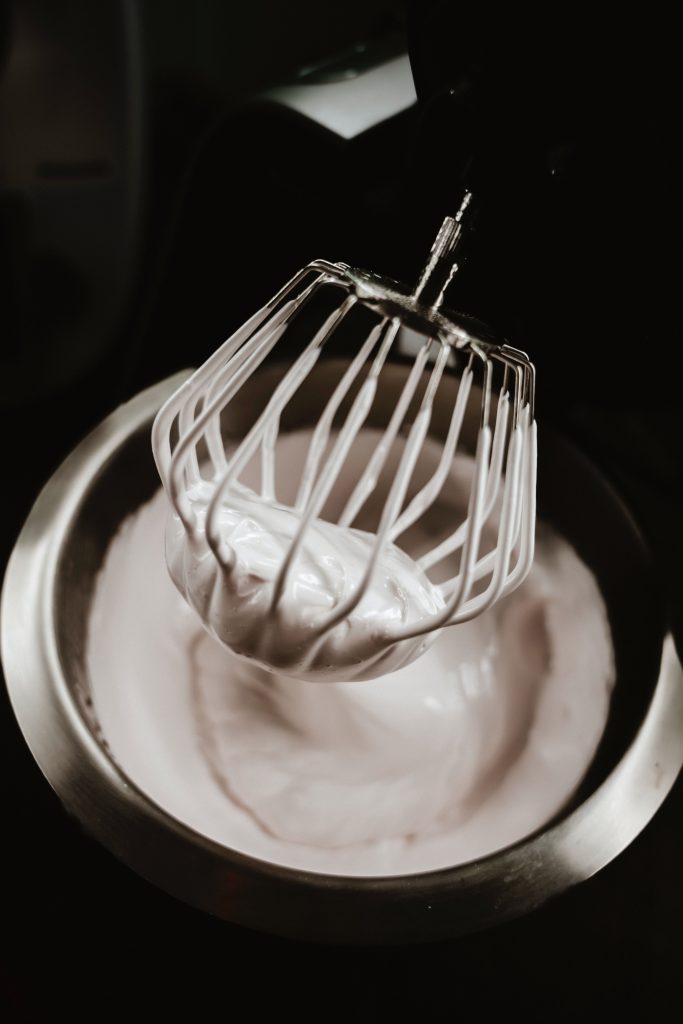Today, we’re going to uncover the secrets to properly seasoning and caring for your beloved cast iron pans. If you’ve ever wondered how to keep your pans in tip-top condition, this article is your go-to guide. From the initial seasoning process to ongoing care and maintenance, we’ll walk you through each step so you can enjoy the benefits of cooking with cast iron for years to come. Say goodbye to sticky, rusty pans and hello to perfectly seasoned meals!
Some suggestions to consider!
Astercook 21 Pcs Pots and Pans Set Non Stick, Ceramic Cookware Set Detachable Handle, RV Kitchen Cooking Set Removable Handles, Oven Safe, Induction Ready, Stackable Non-stick Set, Black
$99.99 (as of July 5, 2025 12:13 GMT +00:00 - More infoProduct prices and availability are accurate as of the date/time indicated and are subject to change. Any price and availability information displayed on [relevant Amazon Site(s), as applicable] at the time of purchase will apply to the purchase of this product.)CAROTE 21Pcs Pots and Pans Set, Nonstick Cookware Sets, White Granite Induction Cookware Non Stick Cooking Set w/Frying Pans & Saucepans(PFOS, PFOA Free)
15% Offbella 9 Piece Ceramic Nonstick Cookware Set, Fits-anywhere™ Kitchenware w EverGood™ Coating, Dishwasher & Oven Safe, All Stovetops Compatible, Stackable Design, Cool Touch Handles, Black
$119.99 (as of July 5, 2025 12:34 GMT +00:00 - More infoProduct prices and availability are accurate as of the date/time indicated and are subject to change. Any price and availability information displayed on [relevant Amazon Site(s), as applicable] at the time of purchase will apply to the purchase of this product.)

Seasoning a Cast Iron Pan
Understanding Seasoning
Seasoning is the process of creating a natural non-stick surface on your cast iron pan. This protective coating not only prevents food from sticking to the pan but also helps in preserving the pan’s longevity. Seasoning involves the application of oil onto the pan’s surface, which then bonds with the iron to create a hard, slick coating.
Preparing the Pan
Before seasoning your cast iron pan, it is important to ensure that it is clean and free from any rust or food residues. Start by scrubbing the pan with warm water and a stiff brush to remove any loose particles. If there is any stubborn residue, scrubbing with a mixture of coarse salt and water can help in dislodging it. Rinse the pan thoroughly and dry it completely using a towel or by heating it over low heat.
Applying the Seasoning
To apply the seasoning, you will need a high smoke point oil such as vegetable oil or flaxseed oil. Using a paper towel or a clean cloth, apply a thin layer of oil to the entire surface of the pan, including the handle and exterior. Ensure that the layer is even and covers all the nooks and crannies of the pan’s surface.
Baking the Seasoning
Once you have applied the oil, it’s time to bake the pan to set the seasoning. Preheat your oven to a high temperature, typically around 400-450 degrees Fahrenheit (200-230 degrees Celsius). Place the pan upside down on the oven’s middle rack, with a sheet of aluminum foil or a baking tray on the lower rack to catch any drips. Let the pan bake for about an hour, then turn off the oven and let the pan cool inside the oven.
Repeating the Seasoning Process
For optimal results, it is recommended to repeat the seasoning process several times. Each time you season the pan, the coating becomes thicker and more durable. Many experts suggest repeating the process at least three to four times before using the pan for cooking. However, some pans may require more seasoning sessions to achieve the desired results.
Maintaining Seasoning
Maintaining the seasoning on your cast iron pan is crucial for its longevity and performance. After each use, gently clean the pan with a soft sponge or brush, using mild soap if necessary. Avoid using harsh or abrasive cleaners that can strip the seasoning. After washing, thoroughly dry the pan to prevent moisture from causing rust. Finally, apply a very thin layer of oil over the pan’s surface to replenish the seasoning and protect it until the next use.
Cleaning and Care for Cast Iron Pans
Cleaning After Use
Cleaning your cast iron pan after each use is essential to prevent the build-up of food residues and to maintain its non-stick properties. Start by scrubbing the pan with a soft sponge or brush and hot water. Avoid using soap at this stage, as it can strip away the seasoning. For stubborn food particles, you can use a mixture of coarse salt and water to gently scrub them away.
Avoiding Harsh Soaps
One of the most important things to remember when caring for your cast iron pan is to avoid using harsh soaps or detergents. These can remove the seasoning and expose the raw iron, making the pan more susceptible to rust. If you feel the need to use soap to remove stubborn residue, choose a mild soap and rinse the pan thoroughly afterwards.
Scrubbing with Salt
When dealing with tough, stuck-on food, a gentle scrub with coarse salt can work wonders. Simply sprinkle a generous amount of salt onto the pan’s surface and use a damp sponge or brush to scrub away the residue. The salt acts as a gentle abrasive, helping to loosen the food particles without damaging the seasoning.
Drying the Pan
After cleaning, it is crucial to dry the cast iron pan thoroughly to prevent rust. Use a clean towel to remove any excess moisture, then place the pan on the stove over low heat to evaporate any remaining water. Alternatively, you can place the pan in an oven set to a low temperature for a few minutes to ensure complete drying.
Applying a Thin Layer of Oil
Once the pan is dry, it is important to apply a thin layer of oil to protect the surface and maintain the seasoning. You can use a paper towel or a clean cloth to spread a small amount of oil evenly over the pan. Be sure to cover all the surfaces, including the handle and exterior. This step helps to prevent moisture from reaching the iron and causing rust.
Storing Cast Iron Pans
Proper storage is essential for maintaining the condition of your cast iron pan. After applying a thin layer of oil, store the pan in a cool, dry place. Avoid stacking other heavy cookware on top of the cast iron to prevent any damage to the seasoning. If you need to stack multiple cast iron pans, place a paper towel or a cloth between them to provide some cushioning.
Reviving Neglected Pans
If you come across a neglected cast iron pan with rust or a damaged seasoning, don’t despair. It is possible to revive such pans with a little effort. Start by scrubbing off any rust or flaking seasoning with a stiff brush or steel wool. Then, follow the seasoning process outlined earlier to rebuild the protective coating. With proper care and attention, even neglected pans can be restored to their former glory.
Dealing with Rust
Despite our best efforts, there may be instances when a cast iron pan develops rust. The good news is that rust can be dealt with using a few simple steps. Start by scrubbing the rusted area with a stiff brush or steel wool until all traces of rust are removed. Rinse the pan thoroughly and dry it completely. Then, apply a thin layer of oil to the affected area and bake the pan in an oven at a high temperature for about an hour. This process will help to re-season the pan and prevent further rusting.
Common Mistakes to Avoid
Using High Heat Too Quickly
One common mistake often made when cooking with cast iron pans is subjecting them to high heat too quickly. Cast iron pans heat up slowly but retain heat very well. To avoid damaging the seasoning or warping the pan, start with low to medium heat and gradually increase it as needed. This allows the pan to evenly distribute the heat and prevents hot spots.
Soaking or Submerging in Water
Another mistake to avoid is soaking or submerging your cast iron pan in water for extended periods. While some pans claim to be dishwasher safe, it is generally recommended to hand wash cast iron pans to preserve the seasoning. Moisture can cause the iron to rust, so it is best to clean and dry the pan promptly after use.
Scrubbing with Metal Brushes
Using metal brushes or scouring pads to clean your cast iron pan can be detrimental to the seasoning and the pan’s surface. These abrasive tools can strip away the protective coating and cause scratches. Instead, opt for soft sponges or brushes and non-abrasive scrubbing materials such as coarse salt.
Using Abrasive Cleaners
Harsh and abrasive cleaners should never be used on cast iron pans. These cleaners can remove the seasoning, exposing the raw iron and making the pan susceptible to rust. Stick to mild soaps or opt for salt scrubbing for tough residue.
Using Dishwashers
While some cast iron pans claim to be dishwasher safe, it is generally recommended to avoid using dishwashers when cleaning them. The high heat, harsh detergents, and vigorous water jets can strip away the seasoning and cause damage. Hand washing with mild soap and thorough drying is the safest way to clean cast iron pans.
Storing with Moisture
Storing cast iron pans with moisture, whether it’s water droplets or food residues, can lead to rusting. Always ensure that the pan is completely dry before storing, and if necessary, apply a thin layer of oil for added protection.
Not Re-seasoning Regularly
To maintain the seasoning and the non-stick properties of your cast iron pan, it is important to re-season it regularly. Over time, the seasoning can wear off or become damaged, especially with heavy use. By periodically applying a thin layer of oil and baking the pan, you can keep the protective coating intact, ensuring the longevity and performance of your pan.
Troubleshooting and Problem Solving
Removing Rust
If your cast iron pan develops rust, don’t worry, it can be removed. Start by scrubbing the rusted area with a stiff brush or steel wool until the rust is gone. Rinse the pan thoroughly, dry it completely, and then apply a thin layer of oil. Bake the pan in an oven at a high temperature for about an hour to re-season it and prevent further rusting.
Dealing with Stuck-on Food
To tackle stuck-on food, start by heating the pan on low heat. Add a bit of water to the pan and let it simmer for a few minutes. Then, use a wooden spatula or a soft brush to loosen the food particles. Avoid using metal utensils or abrasive cleaning tools, as they can damage the seasoning.
Addressing Uneven Seasoning
If your cast iron pan has uneven seasoning, you can try re-seasoning it to even out the coating. Start by scrubbing the pan thoroughly to remove any loose or flaking seasoning. Then, apply a thin layer of oil to the entire surface and bake the pan upside down in a preheated oven. The heat will help the oil to bond with the iron and create a new, even layer of seasoning.
Handling Excessive Smoke
It is not uncommon for cast iron pans to produce some smoke during the seasoning process or even while cooking. Excessive smoke, however, may indicate that the pan is overheating. To prevent this, ensure that you are using the correct heat setting and avoid overheating the pan. Ventilation in the kitchen can also help in dissipating the smoke.
Overcoming a Dull Finish
If your cast iron pan has a dull finish instead of the desired glossy shine, it may be due to a thin or insufficient seasoning. To overcome this, you can repeat the seasoning process several times, allowing each layer of oil to bake and bond with the pan’s surface. With repeated seasoning, the pan will develop a richer, darker finish.
Managing Flaking or Peeling Seasoning
If the seasoning on your cast iron pan starts to flake or peel, it is a sign that it needs to be addressed. Start by scrubbing off the flaking seasoning with a stiff brush or steel wool. Then, thoroughly clean and dry the pan before re-seasoning it. Applying multiple thin layers of oil and baking the pan between each layer can help in building a more durable coating.

Special Considerations
Seasoning New Cast Iron Pans
When it comes to seasoning new cast iron pans, the process is very similar to seasoning older ones. However, new pans often come with a factory coating that needs to be removed first. Scrub the pan with hot water and a stiff brush to remove this coating before proceeding with the seasoning process described earlier.
Using Acidic or Sticky Ingredients
Cast iron pans can react with acidic ingredients, such as tomatoes or vinegar, which can cause a metallic taste. To prevent this, it is recommended to avoid cooking highly acidic foods in cast iron pans or use enamelled cast iron pans instead. Sticky ingredients like caramel or syrups can also be challenging to remove, so thorough cleaning after cooking is important.
Cooking with Cast Iron on Glass or Induction Stove
While cast iron pans are compatible with most cooktops, there are a few considerations when using them on glass or induction stoves. To prevent scratching the glass surface, lift the pan instead of sliding it. When using on induction stoves, ensure that the pan has a flat bottom to maximize heat transfer.
Seasoning Enamel-Coated Cast Iron Pans
Enamel-coated cast iron pans typically do not require seasoning as the enamel coating provides a non-stick surface. However, it is still important to follow the manufacturer’s instructions for cleaning and care to maintain the enamel coating and prevent damage.
Restoring Vintage Cast Iron Pans
Restoring vintage cast iron pans can be a rewarding project. Start by scrubbing the pan thoroughly to remove any rust or residue. If necessary, use a mixture of vinegar and water to soak the pan and remove stubborn rust. Afterward, follow the seasoning process by applying a thin layer of oil and baking the pan to build a protective coating.
Caring for Cast Iron Grill Pans
Cast iron grill pans require similar care and maintenance to regular cast iron pans. However, due to the ridged surface, cleaning can be a bit more challenging. Use a brush with stiff bristles to clean between the ridges and remove any food particles. Applying a thin layer of oil after cleaning helps in maintaining the seasoning.
Utilizing Cast Iron in Outdoor Settings
Cast iron pans are versatile and can be used in outdoor settings such as camping or barbecues. However, outdoor cooking can subject the pans to harsh conditions, so extra care is needed. Always dry the pan thoroughly after cleaning to prevent rust. Applying a thin layer of oil before storing and transporting can provide additional protection.
Seeking Professional Refurbishment
In cases where a cast iron pan is severely damaged or you are unsure how to tackle a specific issue, seeking professional refurbishment is an option. There are companies and individuals who specialize in restoring and refurbishing cast iron pans. They can help with re-seasoning, removing rust, or repairing any other damage.
Benefits of Using Cast Iron Pans
Natural Non-Stick Surface
One of the major benefits of using cast iron pans is their natural non-stick surface. With proper seasoning and care, cast iron pans develop a smooth and slick coating that allows food to release easily without sticking.
Superior Heat Retention
Cast iron pans are known for their excellent heat retention properties. Once heated, they distribute the heat evenly and maintain a steady temperature, making them ideal for searing, frying, or baking.
Versatility in Cooking Techniques
Cast iron pans are incredibly versatile and can be used for a wide range of cooking techniques. They can be used on the stovetop, in the oven, or even on a grill. From frying and sautéing to baking and roasting, cast iron pans can handle it all.
Iron Enrichment in Food
Cooking with cast iron pans can add a small amount of dietary iron to your food. This can be particularly beneficial for individuals at risk of iron deficiency or those looking to increase their iron intake naturally.
Durability for Longevity
Cast iron pans are built to last. With proper care, they can withstand heavy use and last for generations. Unlike non-stick pans that can wear out or scratch over time, cast iron pans can be handed down as treasured heirlooms.
Economical and Environmentally Friendly
Investing in a cast iron pan is a cost-effective choice in the long run. Cast iron pans do not need to be replaced frequently, and they can withstand high temperatures, reducing the need for multiple pans. Additionally, the lack of chemical coatings makes them environmentally friendly.

Conclusion
Properly seasoning and caring for your cast iron pans is essential to ensure their longevity, performance, and non-stick properties. By understanding the seasoning process, adopting the right cleaning and maintenance practices, and avoiding common mistakes, you can enjoy the benefits of cooking with cast iron for years to come. Whether you’re a seasoned cast iron enthusiast or a beginner looking to explore this versatile cookware, following these guidelines will help you make the most of your cast iron pans. So, go ahead, embrace the art of cast iron cooking, and savor the delicious results it can produce in your kitchen.


















